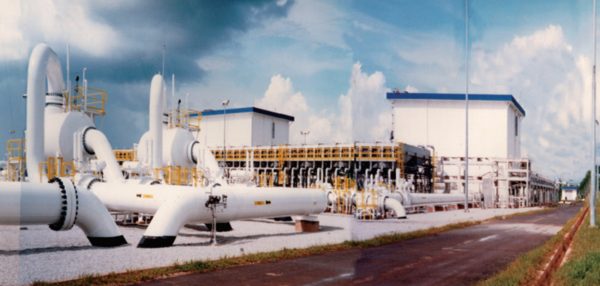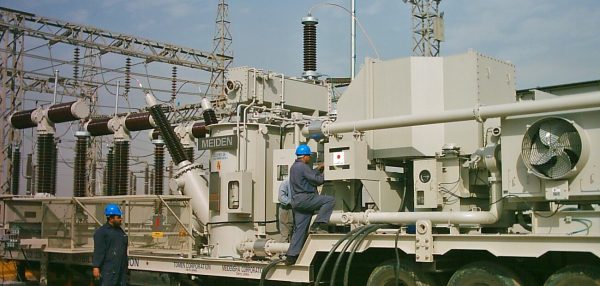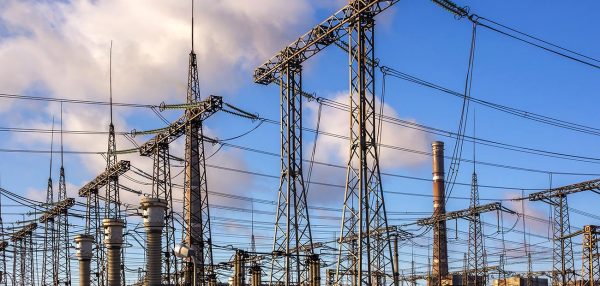Solar Shift for Nicaragua
OC Global’s plan supports Nicaragua’s shift to renewables.
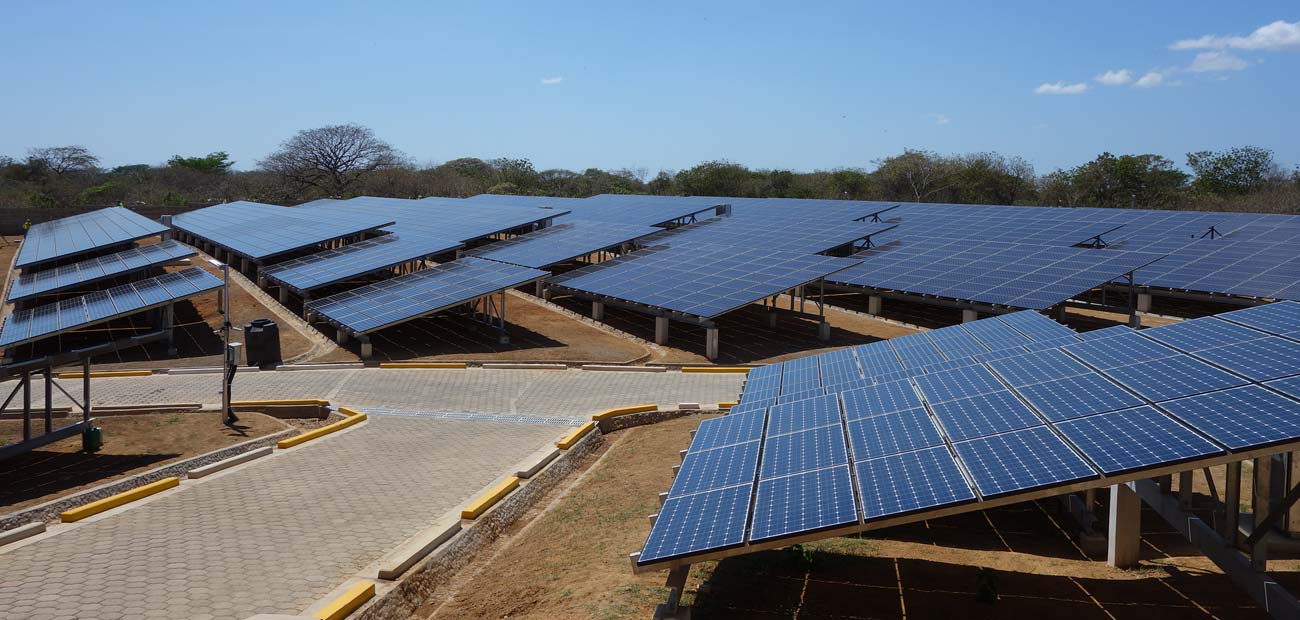
Challenge
Help Nicaragua reduce emissions with solar power system
Energy demand in Nicaragua has been increasing, but power generation has had a shortfall due to steep rises in fuel prices and shortage of electricity supply. Sustainable and safer electricity supply has been a priority issue for the government of Nicaragua since 2007. According to the Ministry of Energy and Mines, the total power generation is 3341.1 GWh and 75% of total power generation is covered by thermal power generation. The estimated annual growth rate of total electricity demand on average was 3.92% from 2010 to 2015.
To achieve sustainable economic development, the government of Nicaragua is targeting a shift in energy sources from oil to cleaner energies. The plan for power generating facilities in Nicaragua is to increase generation capacity to 928.3 MW from renewable energy sources by the year 2025. This means that 82% of total power generation would be covered by renewable energy.
To aid Nicaragua, the government of Japan established a new financial mechanism, Cool Earth Partnership, with a funding pool of approximately US$10 billion. This allows Japan to cooperate actively with developing countries that want to enhance energy efficiency to reduce greenhouse gas emissions. As a part of this mechanism, a grant aid plan was also created to introduce a solar power energy development project.
The aim of this preparatory study was to formulate an appropriate cooperation plan and to prepare a concrete project to install a grid-connected solar photovoltaic (PV) system in Nicaragua for reducing greenhouse gases.
Services
OC Global formulated the basic and detailed design for the grid-connected PV systems. During the performance of its services, OC Global delivered the following services:
- Consideration of feasibility of PV systems
- Planning of the grid-connected PV system, which includes regulations, institutions, management and maintenance, setting measurements of the project’s effect
- Cost estimates
- Planning of implementation schedule
- Consideration of environmental impact
- Preparation of tender documents
- Tender assistance
- Construction supervision
- Defect liability inspection
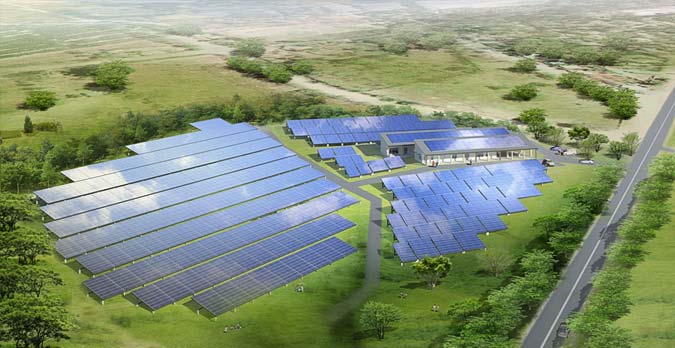
Results
An approximately 900 kWp PV system was finally confirmed and agreed upon by Nicaragua. As for the procurement and installation of the equipment for the PV system for the project, the plan is to install necessary equipment for a 24.9 kV grid-connected (with reverse power flow) PV system.
This project is expected to showcase the best practice of PV systems in the Cool Earth Partnership and apply advanced Japanese technology and promote development of alternative energy.
ロケーション
ニカラグア
正式名称
Project for Introduction of Clean Energy by Solar Electricity Generation System in the Republic of Nicaragua
プロジェクトタイプ
Basic design, detail design, Tender Assistance and Construction Supervision
クライアント様
Japan International Cooperation System (JICS)
プロジェクト期間
2010 – 2012
持続可能な開発目標(SDGs)
As a showcase of the best practice of PV systems in the Cool Earth Partnership, the Project enhance international cooperation to facilitate access to clean energy research and technology in renewable energy and promote investment in energy infrastructure and clean energy technology

